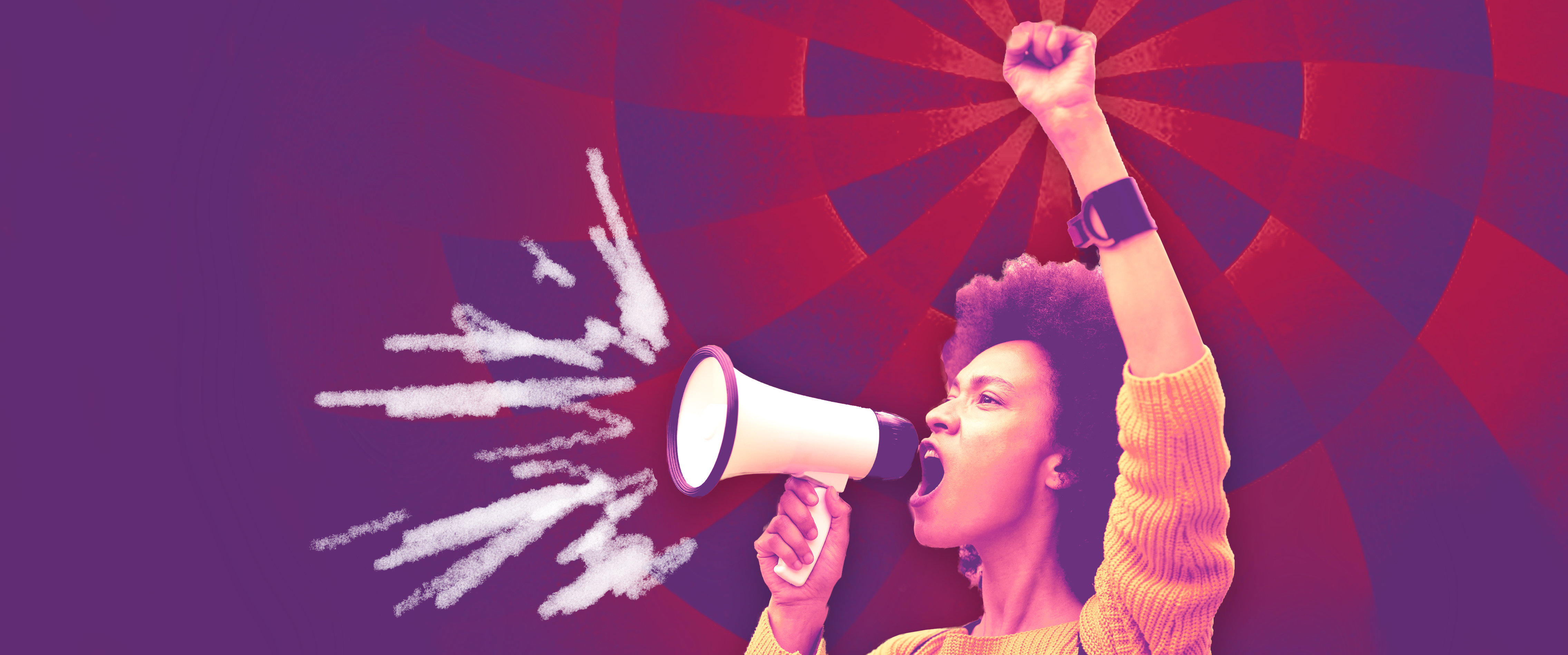If you can say one thing about 2020, it’s that the events of this year so far have truly shaken us to our core and caused us to take a closer look at who we all are. This has been especially true with a crucial resurgence of the Black Lives Matter movement earlier this summer.
In late May, George Floyd was murdered by members of the Minneapolis Police Department, and cell phone footage of his final moments was shared across the world. Floyd’s death also came on the heels of the shooting death of Ahmaud Arbery, another Black man, in Georgia, who was simply out for an afternoon run. These were just two names on a long list, so what was it about George Floyd and his death that caused such outrage across the US that it led to protests around the country and the world?
Frustration. Heartache. Anger. Rage. Exhaustion. Frankly, people are tired and confused about to how this continues to happen, and they used their voices to transform one of the top social media platforms into a robust educational powerhouse. Instagram is traditionally known for cute photos, thirst-trap selfies (ok, so those are still around), and tasty food snapshots. Since early summer of 2020, though, the purpose of the platform has changed, and it’s now become the place to go to unlearn, educate and share important information related to the BLM movement. Let’s take a look at a few of the platform’s most prominent educators.
@rachel.cargle
https://www.instagram.com/p/CBB68y3HYIp/
Meet Rachel Cargle, a 31-year-old Black writer, lecturer and public academic. I came across her account through others who were sharing the Instagram profiles of Black thought leaders to follow. Something about Rachel’s honesty and blunt statements appealed to me.
https://www.instagram.com/p/CAqpQ0-nq8J/
Now is not the time to tiptoe around the message and the importance of unlearning your own biases, and Rachel makes sure you know. She developed an online course called @thegreatunlearn, which is focused on identifying how to look outside of society’s “white lens” as she eloquently puts it.
@barbarasmith
https://www.instagram.com/p/CC9R6-nFlLL/
Barbara Smith’s account was shared with me when I was researching for this particular blog, and I knew I had to follow her myself. Barbara’s approach to educating people is highly visual and incredibly captivating. She uses neutral colors with short, direct and powerful language that has the viewer intrigued and diving into her posts for a full lesson on, for example, “5 Facts to Tell Someone if They Say You Can’t Use the N Word.”
https://www.instagram.com/p/CB_7wI4FN7J/
I also particularly like her “The ABC’s of This Current Movement” where she reviews key terms and their meaning associated with each letter of the alphabet.
@mspackyetti
https://www.instagram.com/p/CDb2h50HTl-/
Brittany Packnett Cunningham’s profile popped up as a “Suggested for You” option as I was researching accounts to follow in early June, when I realized that I had so much to learn. She is a BOSS, and it seems like there’s no shortage of what Brittany can do. She has been educating and sharing information on Black prejudice and racial bias for a long time, but even more since the deaths of George Floyd and Ahmaud Arbery. While Brittany doesn’t share too many graphics, she does film videos, post real photos and share information from other accounts that aim to raise awareness and educate.
https://www.instagram.com/p/CBTumY7H-Dy/
Now, please know that these are only three of the many impressive, passionate, and compelling people on Instagram with just a brief overview of the type of innovative education that’s happening on the platform.
Here’s the thing though: What does this education mean? Does it translate to people actually taking the steps to “unlearn” their biases, attend these protests, make their voices heard, and make uncomfortable but necessary changes for themselves?
Yes, it does. For reference, the New York Times shared that four different polls, including one by Civis Analytics, suggested that approximately 15 million to 26 million Americans were part of the demonstrations that took place (and are continuing to take place) in just the United States. In comparison, there were roughly 3–5 million people at the Women’s March of 2017.
https://www.instagram.com/p/CBB6DcGlhbj/
Various companies and brands also finally took a stand with the Black Lives Matter movement, taking the first week of June to remain silent on their respective social media platforms and allow the conversation to remain focused on the issues at hand. Organizations like Apple, Target, Etsy, Spanx, and more not only spoke out about the movement, but put substantial dollars behind their statements, donating to the important organizations working to create change.
Additionally, here is what else continued protests, education, and public pressure have accomplished:
- The city of Minneapolis moved to dismantle its police department, stating that they would build a “transformative new model of public safety”.
- NYC mayor Bill de Blasio pledged to reduce some of the NYPD’s funding, instead redirecting it to youth and social services.
- Statues of confederate leaders around the country were taken down.
- Alexis Ohanian Sr., co-founder of Reddit and board member, stepped down to allow a Black candidate to fill his seat.
The work isn’t done, though. Racial biases continue to exist. Prejudice towards Black people and other races continue to exist. But the education and information that’s being shared on Instagram, now the world’s most public classroom, is vital in creating positive change for the future. We’re not done “unlearning” but thankfully we have a few pretty good resources to help us along the way.



